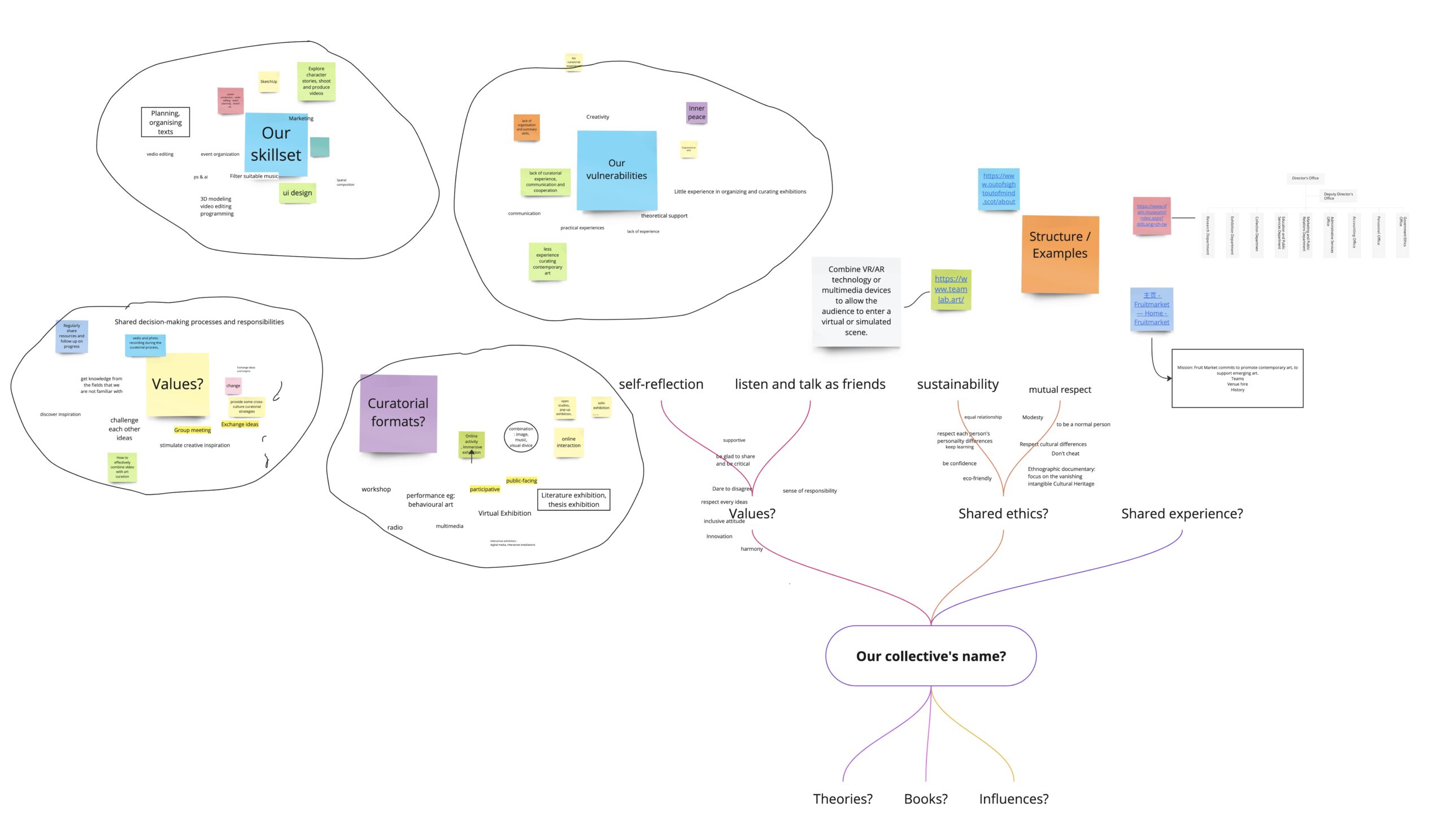WEEK2 THE POWER OF THE COLLECTIVE IN CURATING: OUT OF SIGHT OUT OF MIND
![{"source_type":"douyin_beauty_me","data":{"pictureId":"4FF28903-869A-408D-B234-D27FE7CD07BF","capability_extra_v2":{"imageeffect":[{"origin":"heycan","effect_id":"815259","resource_id":"6852252867097530888"}]},"stickerId":"","activityName":"","appversion":"11.5.0","enter_from":"enter_launch","os":"ios","infoStickerId":"","product":"retouch","playId":"","imageEffectId":"815259","filterId":"","capability_key":["edit","imageeffect"]}} This image shows a piece of artwork called ‘Different’, created using acrylic and gum watercolour on canvas.](https://blogs.ed.ac.uk/s2670174_curating-2024-2025sem2/wp-content/uploads/sites/11207/2025/01/cover-collective.jpg)
The collective is a driving force in contemporary curating, fostering innovation through cross-disciplinary collaboration, shared ethics, and diverse perspectives. In our recent discussions, we explored the role of the collective in skills, vulnerability, curatorial forms, and values, uncovering its potential to inspire change and creativity in the art world. One inspiring example is the Out of Sight Out of Mind exhibition, an annual event in Edinburgh that provides a platform for individuals with mental health experiences to express themselves through art.
Out of Sight Out of Mind’s strength lies in its collaborative and inclusive curatorial process. Each year, a team of individuals with lived mental health experiences plans and organizes the exhibition, emphasizing the equal value of all artworks. By breaking away from traditional frameworks of artistic judgment, Out of Sight Out of Mind creates an inclusive environment that challenges social stigma and amplifies marginalized voices. However, the exhibition also raises critical questions about balancing art and advocacy. While its focus on mental health is commendable, there is a risk of overshadowing the artistic value of the works. To address this, Out of Sight Out of Mind could clarify its dual role as both a mental health platform and a serious art exhibition, highlighting the artistic contributions of participants through interviews, creative backgrounds, and professional critiques.
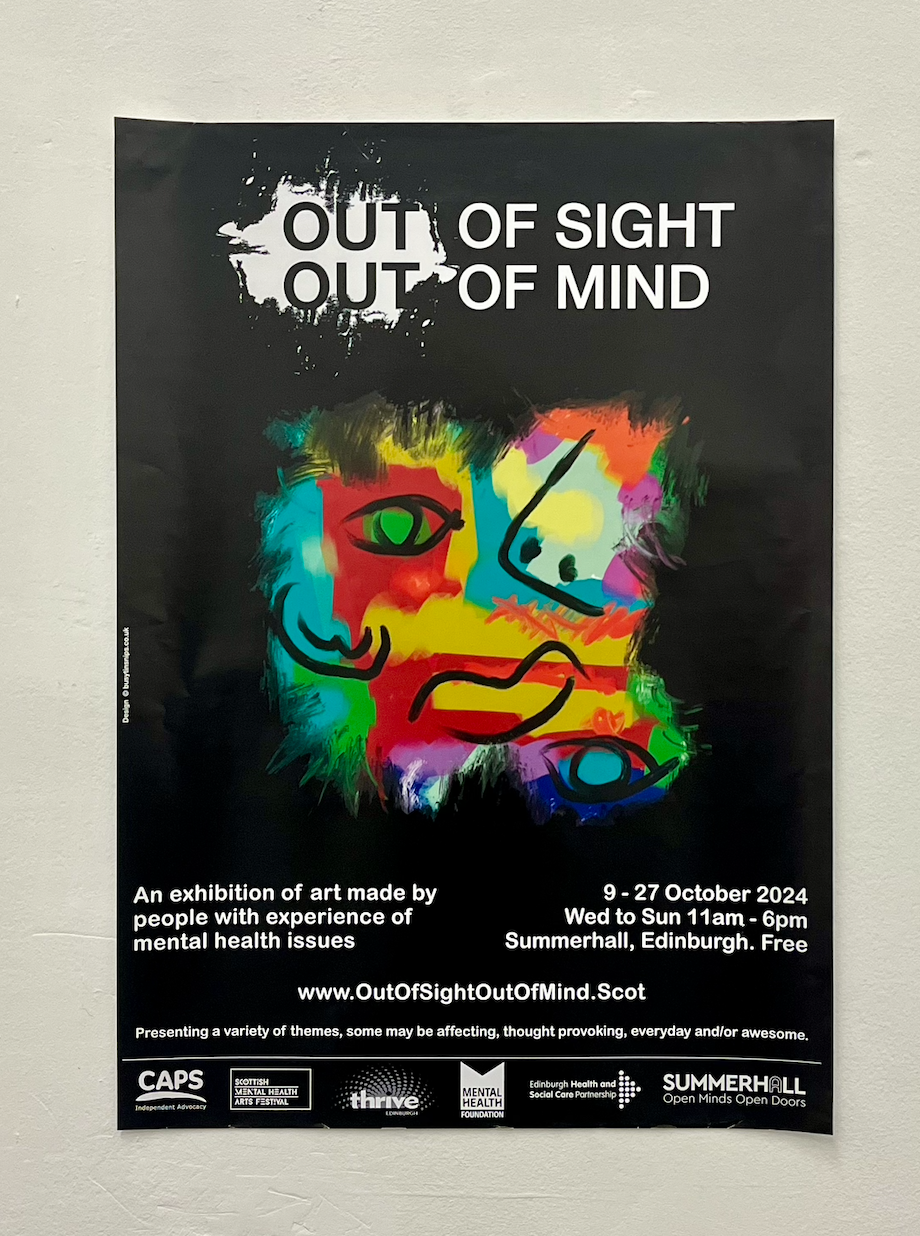
A poster for an exhibition entitled ‘OUT OF SIGHT, OUT OF MIND’
Another challenge is expanding Out of Sight Out of Mind’s impact beyond its local context. Mental health and art are global issues, and the exhibition has the potential to engage a worldwide audience. Digital expansion—through online exhibitions, social media streaming, and multilingual websites—could break geographical barriers and attract international participation. Collaborating with global mental health organizations or inviting international artists would further diversify perspectives and enrich the exhibition’s narrative.
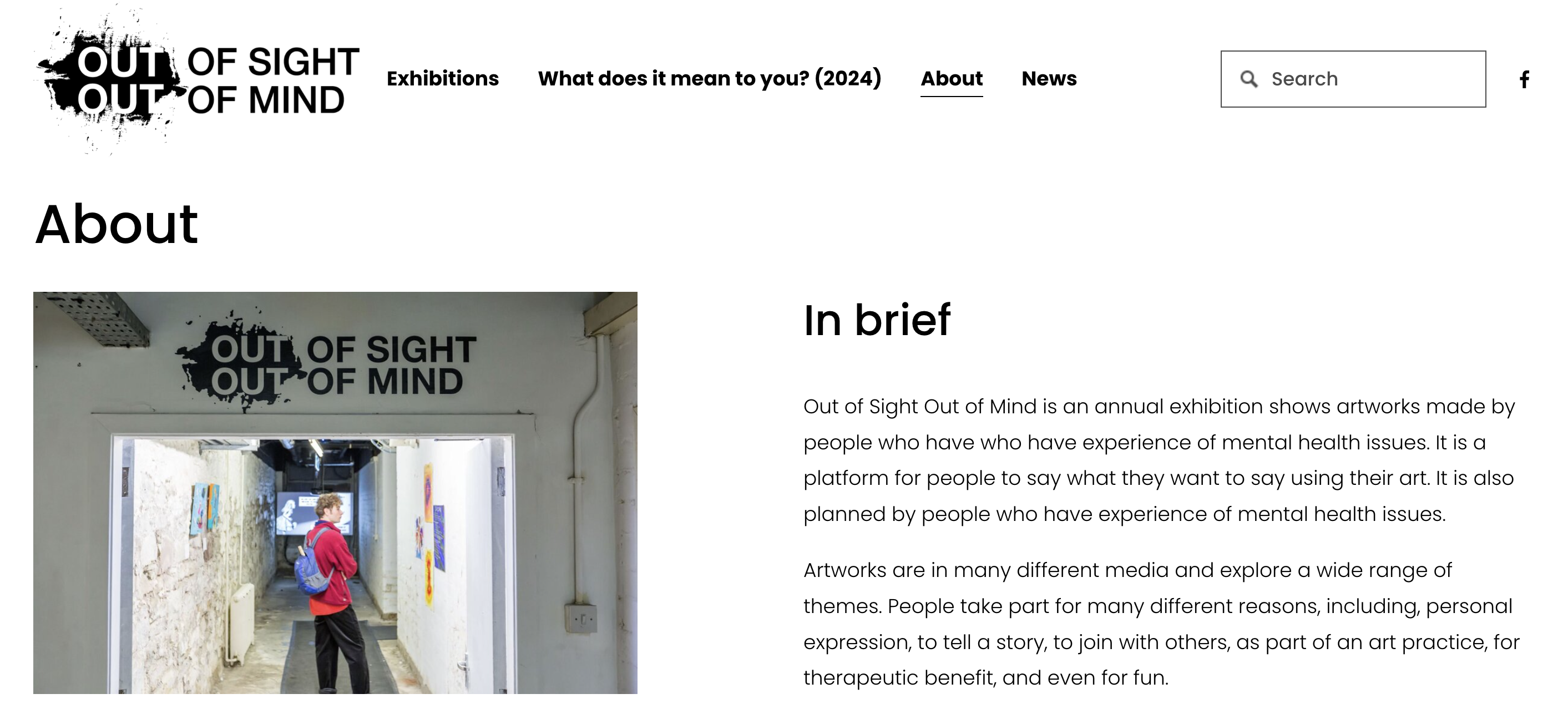
A screenshot of a webpage
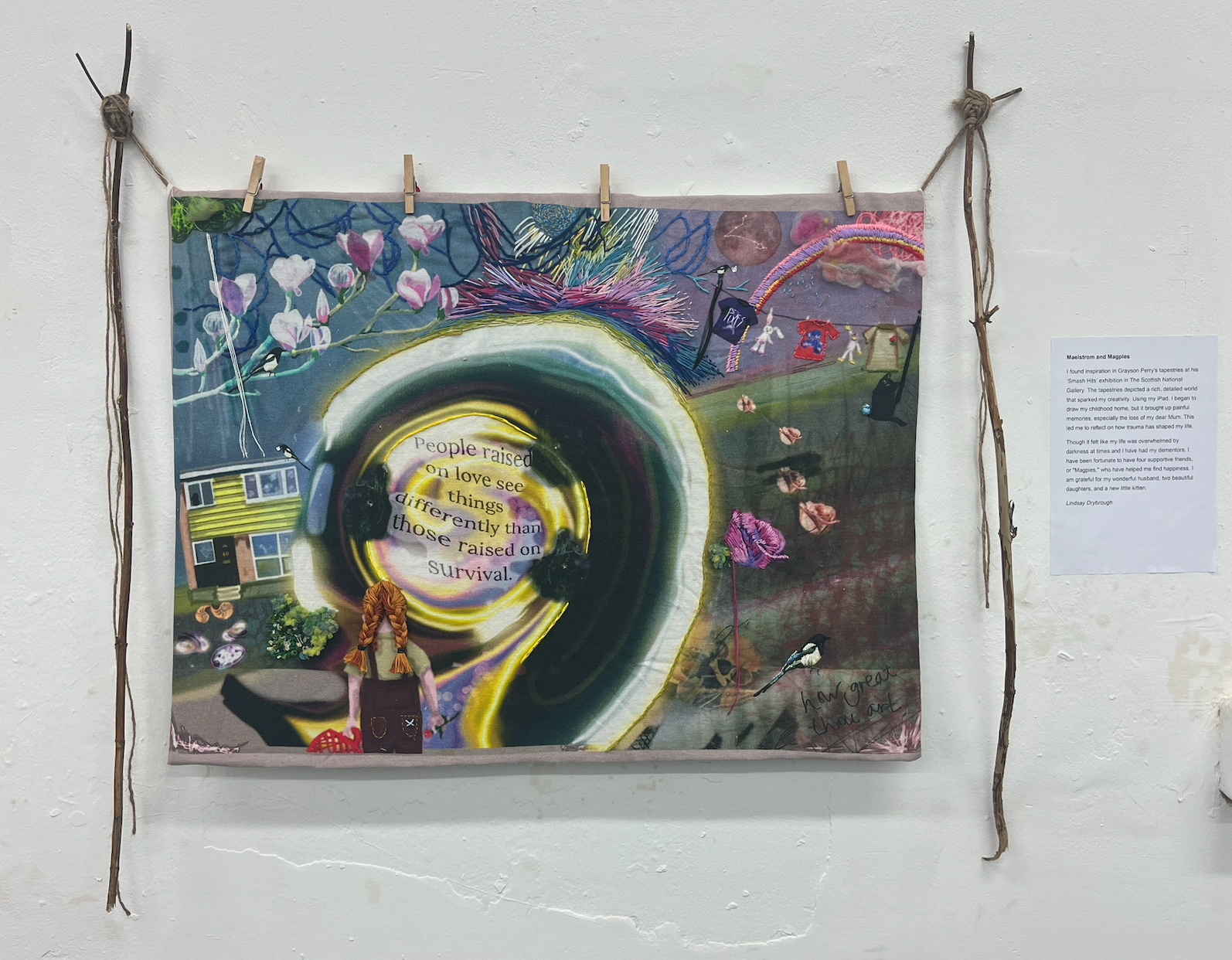
Maelstrom and Magpies, Lindsay Drybrough
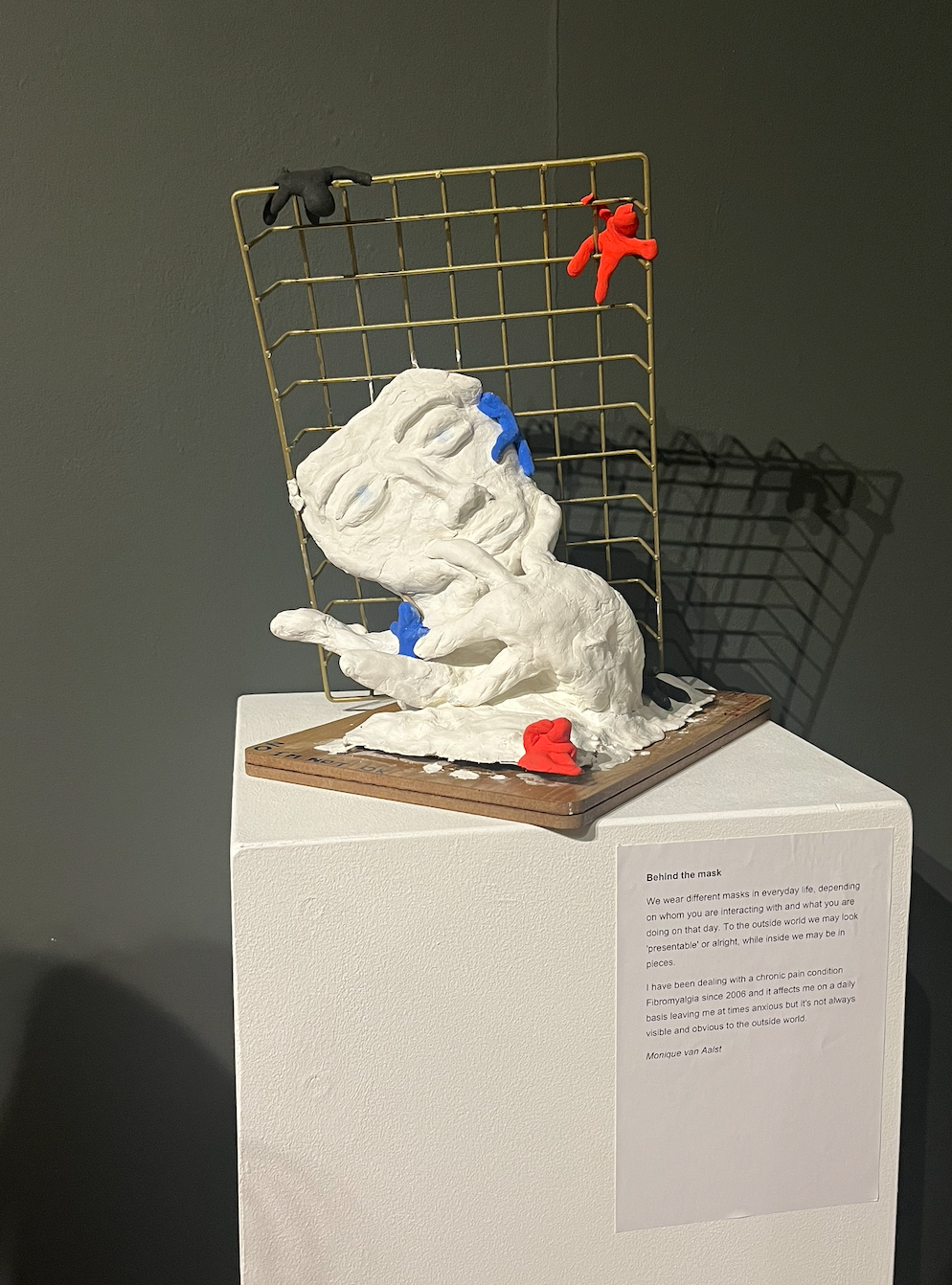
Behind the mask, Monique van Aalst
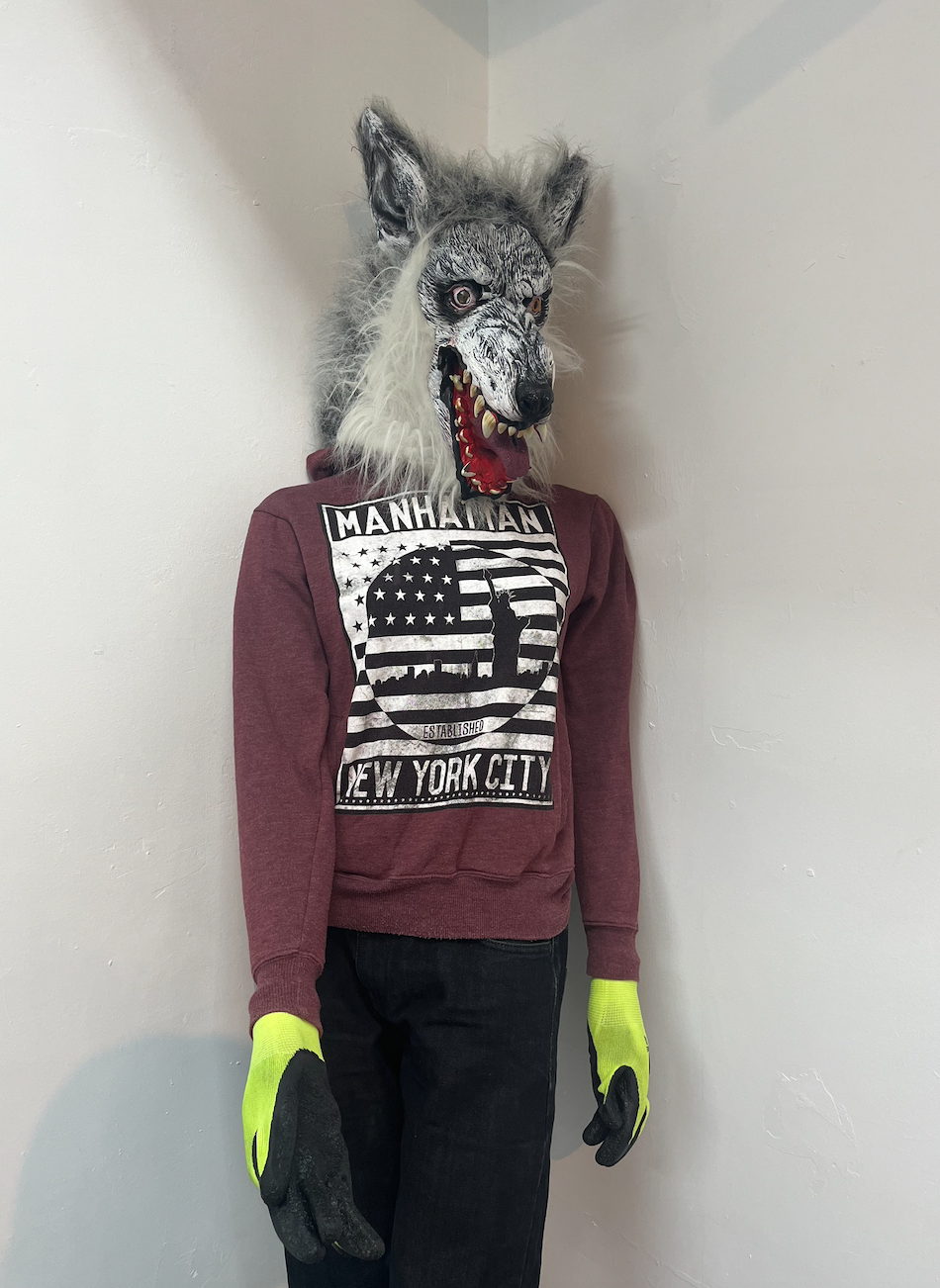
Wolf in sheep’s clothing, Stuart Maybury
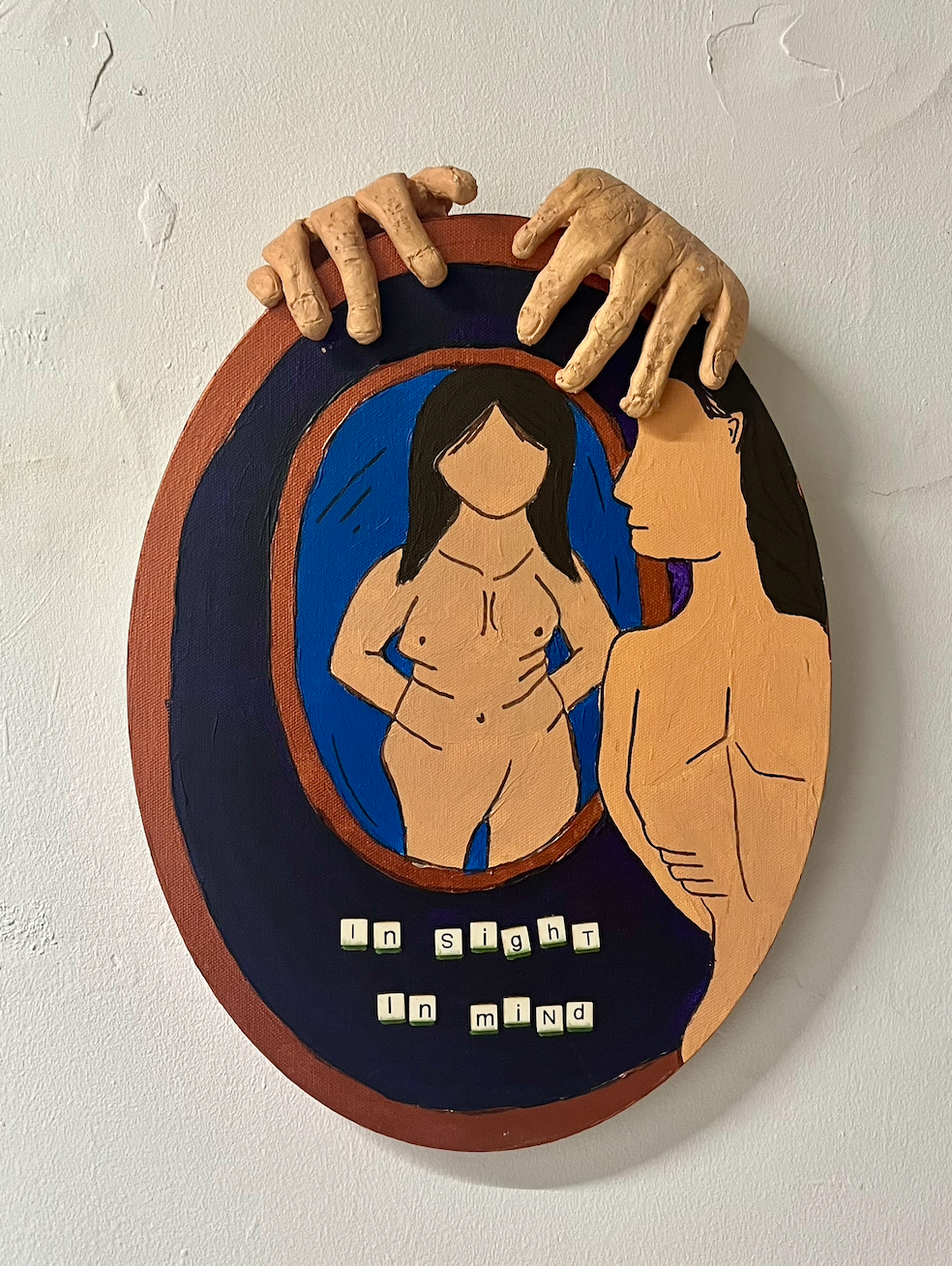
In Sight, In Mind, Luna-Maurina Grains.
Out of Sight Out of Mind exemplifies how the collective can drive meaningful change in curating. By balancing artistry with advocacy, fostering inclusivity, and embracing global dialogue, it sets a powerful example for future curatorial projects.
What are your thoughts on the role of the collective in curating? How can exhibitions like Out of Sight Out of Mind further innovate and inspire? Share your insights below!


